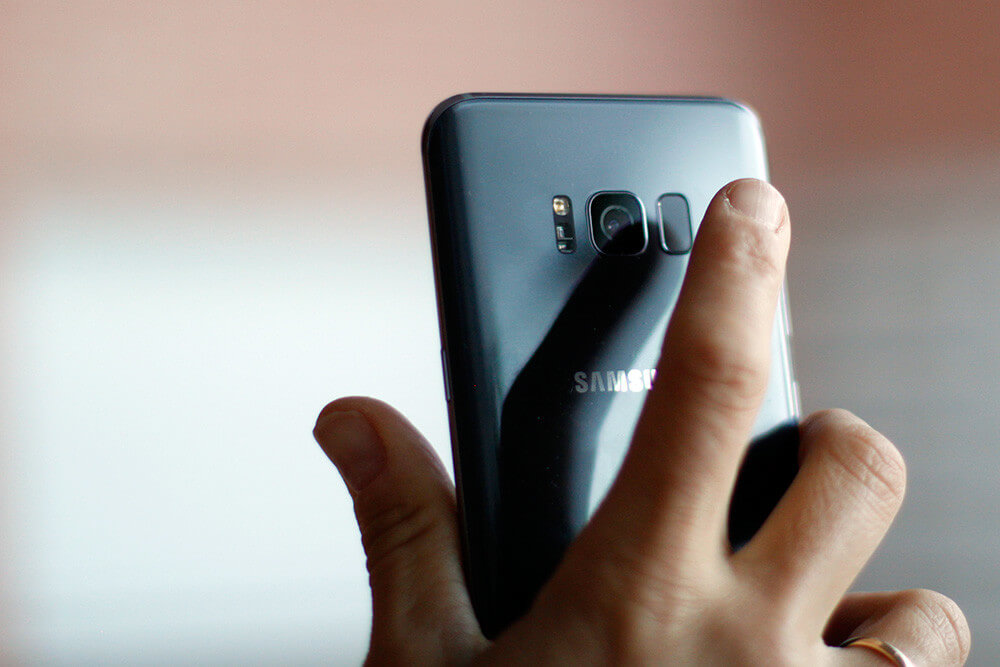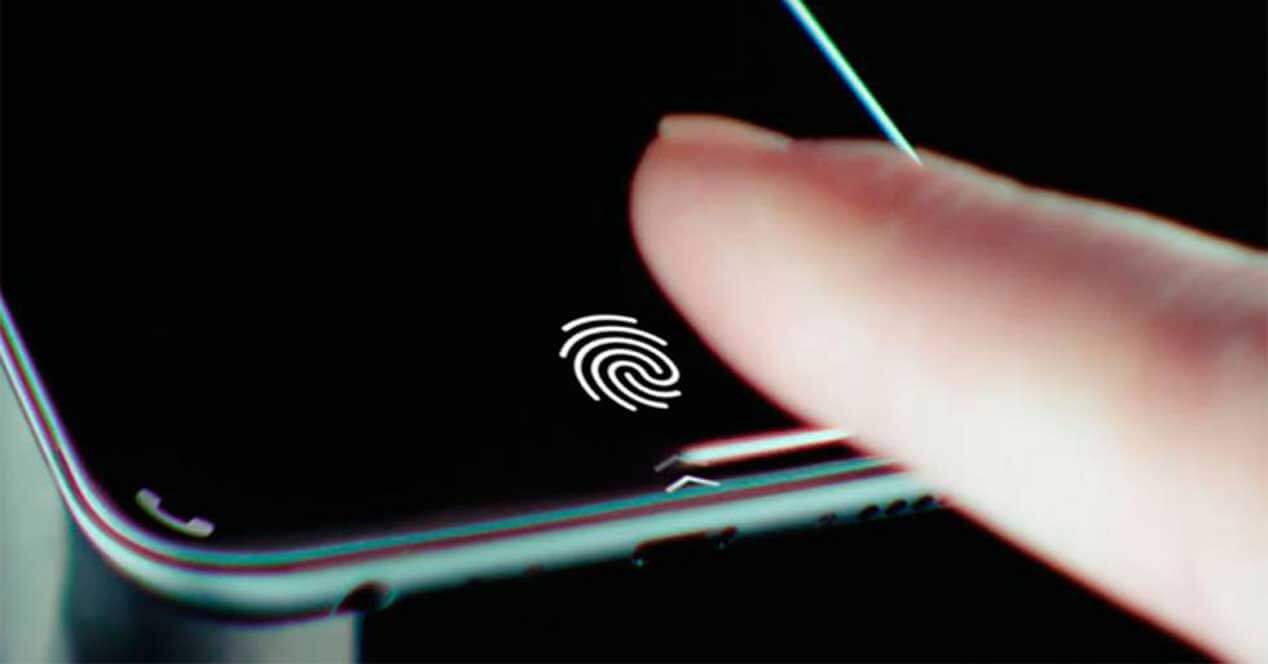The first fingerprint sensor arrived in cell phones two decades ago. But it was not until 2013 that it began to become popular with the arrival of the famous Touch ID on the iPhone 5s. Initially, only high-end smartphones included it, something that changed over the years.
Today, this feature is very common in almost all models on the market, including some low-end ones. As an alternative unlocking and payment authorization method, it stands out for its convenience and speed. However, it is worth knowing how necessary it is to have this element and whether it is safe or not.
What are the benefits of the fingerprint sensor on your cell phone?
First of all, you should be clear about what this function is all about. The fingerprint reader included in smartphones uses biometric data to identify a person.
It is responsible for scanning and capturing an image of the fingerprint and then converting it into a digital template that is used to verify someone’s identity when they try to log in or access certain data.
They have become a prominent feature in mobile devices because they are easy to use. Simply place your finger on the reader and the system will do the rest. It also stands out for being more accurate than other authentication methods such as passwords or PINs.
With the fingerprint sensor, you can unlock your device while taking it out of your pocket or quickly access your bank account without having to type the password. It is also considered an excellent alternative to prevent third parties from accessing your information, especially in case of theft or loss.
How secure is the fingerprint sensor?

Now that you know the benefits that this technology offers, it is important to evaluate how secure it is. Generally speaking, it can help keep those who want to access your phone at bay, as they will need your fingerprint to unlock it. However, you should keep in mind that it is not a 100% foolproof method.
On one hand, having dirty hands could affect the reader’s recognition. And on the other hand, certain people with the right knowledge can circumvent the authentication. In fact, it is known to be possible to crack fingerprints.
Consider that we leave fingerprints everywhere: on cups and glasses, keyboards, screens, handrails, etc. This means that hackers have plenty of places from which they could extract this ‘unbreakable password’. Worst of all, fingerprints can also be hacked virtually, according to an AVG publication.
Also, it is important to analyze something. You can change your passwords whenever you want, but not your fingerprints. In this sense, if someone discovers your password, you only have to change it. But if a person gets your fingerprints, they will have them forever. This is especially alarming when you consider that many, many government agencies collect fingerprints.
Of course, this does not imply an irrefutable argument for users to stop using the fingerprint sensor on their cell phone or to discard the idea of using it. However, it is valuable information worth considering before making a decision.
How to disable the fingerprint feature on your smartphone?
Now, if you really want to stop using this feature on your phone, you can do so by disabling it. Here are the steps to follow on Android and iOS.
Android phones.
● Access the ‘Settings’ of the device.
● Look for the ‘Security and Location’ option.
● Select the ‘Lock screen settings’ section.
● Among the options you will find one that says ‘Show lock option’. The next step will be to activate the slider on the right.
iPhone
● Press up to five times the lock button or turn on the device.
● In the menu that appears you will see the option to turn off the device and SOS Emergency.
● Press five times on the power button to temporarily disable Touch ID.
Facial recognition: an alternative to the fingerprint sensor?
The fingerprint sensor is not the only technology that uses biometric data. Another option built into cell phones is facial recognition, a feature Apple has dubbed FaceID. In this case, instead of scanning fingerprints, the system captures an image of the face and creates a digital template of the facial features.
This method is characterized by being simple, as it is enough to look at the camera. It stands out for having a high level of accuracy and for its security because, as you can guess, it is not easy to try to duplicate facial information.
This feature, although it has been on the market for some time, has not been as widely used as the fingerprint sensor. The reasons for this could be many, including the complexity of developing a technology with high accuracy. Despite this, the market could continue to move in this direction, as Apple has completely discarded Touch ID in favor of FaceID.
The company led by Tim Cook has tipped its balance towards facial recognition, as the fingerprint sensor has disappeared from a higher range. According to industry experts, it seems that Apple’s goal is to leave Face ID as the only biometric authentication method.
Thus, only the most recent Android phones allow fingerprint unlocking. However, keep in mind that most manufacturers also support facial unlocking thanks to this recognition technology.
If you want to know more about the mobile world, at Movical we have the information you need. In our blog you will find the latest market news, as well as recommendations for using your smartphone or buying a new one. Visit us!

